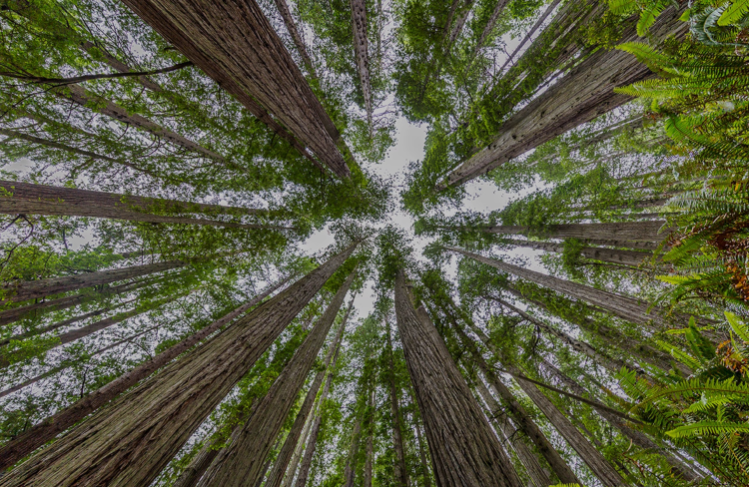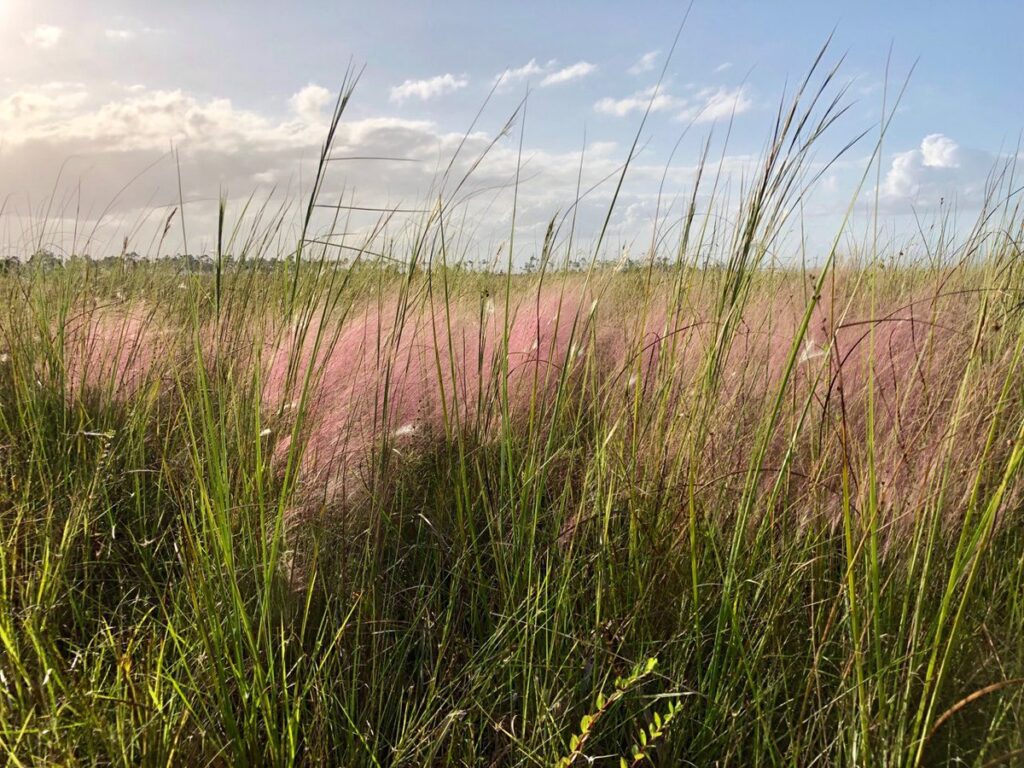Did you know that an acre of grass can produce more oxygen than an acre of trees? Let’s compare a 5,000 sq. ft. area of trees to a lawn of the same size. The trees produce enough oxygen for between 8 and 18 people, but the same area covered in grass produces enough oxygen for almost 35 people. That’s a big difference.
Yet there’s more to the story. A well-manicured lawn isn’t the same as a native grassland, and some trees produce more oxygen than others. There are also differences in oxygen production depending on the time of year and various environmental conditions, such as the amount of sunlight and water. That’s because of the relationship between photosynthesis and oxygen production.
Let’s dig into the truth about oxygen outputs for each type of plant life.

Dense Forests
Did you know that there’s a difference between woods and forests? The U.S. National Vegetation Classification System defines a forest as vegetation that’s dominated by trees at least 19 feet tall that account for between 60% and 100% of a closed canopy cover. By contrast, woods have shorter trees and a largely open canopy cover.
It’s worth remembering this difference if you hear that “trees produce more oxygen than grass”. Trees are found alone or in small groups, or stands, but is the person who’s making the claim talking about forests or woods? You might also ask about the height of the trees and their age and type since they’re all factors in oxygen outputs.
Typically, older trees produce more oxygen than younger trees. Taller trees and trees with more or larger leaves produce more oxygen, too. There are also differences at the genus and species levels. Oak trees produce more oxygen than pine trees, but pines still produce more oxygen than palm trees. And while a Douglas fir might look like a pine, this prolific oxygen-producer is not.

Grasslands
Your front lawn might seem like a grassland if you don’t mow it for a while, but that’s not the case. Grasslands go by many names, such as prairies, steppes, savannas, and pampas. What they all have in common, however, is that grass is the naturally – and not artificially – dominant vegetation. Grasslands are also large, open, and flat with varying amounts of rainfall and temperatures.
In Florida, where Go Natural Education is based, grasslands are called prairies and can be either wet or dry. Everglades National Park has over 100 species of native grasses, and they each produce different amounts of oxygen. In part, that’s a function of a species’ stomata: tiny pores that release oxygen. Like trees with larger leaves, grasses with larger blades tend to produce more oxygen.
Your front lawn probably doesn’t consist of the sawgrass that’s found in the Everglades. In fact, it’s probably a type of yard grass instead. In grasslands ecosystems like the Great Plains, some yard grasses are an invasive species because they threaten native grasses. Because they’re shorter than native grasses and have narrower blades, yard grasses also have lower oxygen outputs.
The density of grasses in a well-manicured yard is greater, however, and that bring us back to the example at the beginning of our article. Yard grasses that cover a 5,000 sq. ft. area produce significantly more oxygen than a stand of trees that are too small to be a forest but cover this same amount of space. Here, it’s the density of the ground cover – and not just the grass’ height or blade size – that helps explain its oxygen outputs.
The Grass is Greener Where You Water It
So, when you hear that “grass produces more oxygen than trees”, remember to apply the same dose of critical thinking that you would about the claim that trees produce more oxygen. Think deeply and, as you might do with plants, water generously. It’s not a matter of whether grass or trees are better. We need them both a healthy environment.